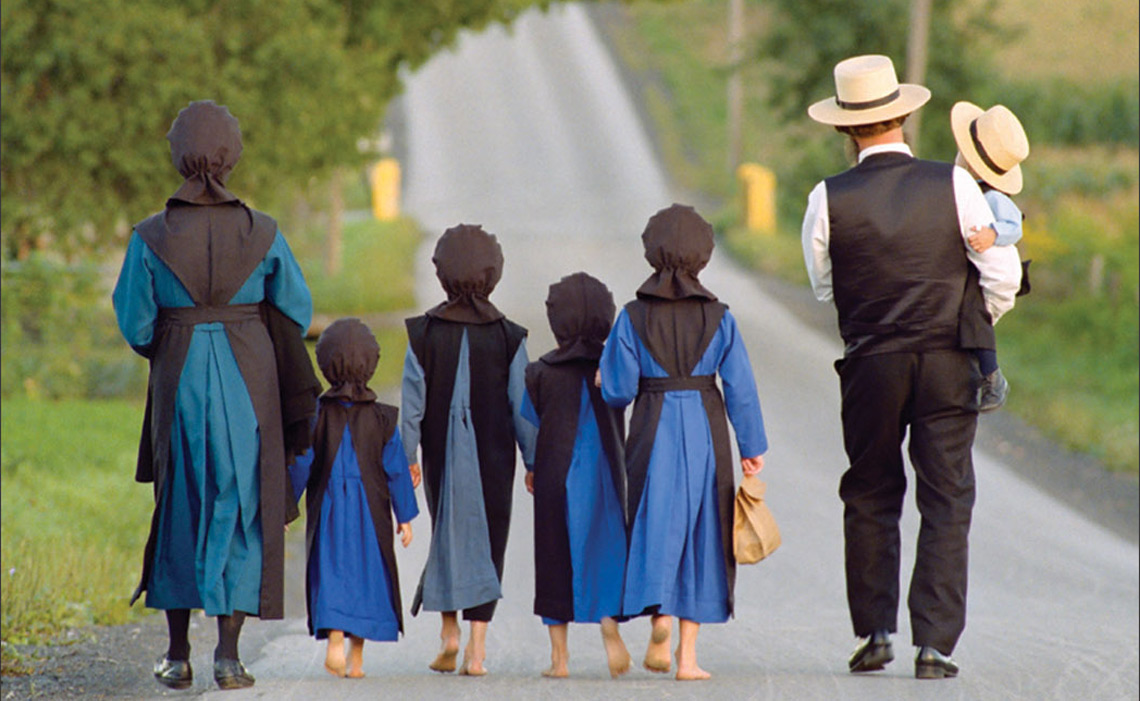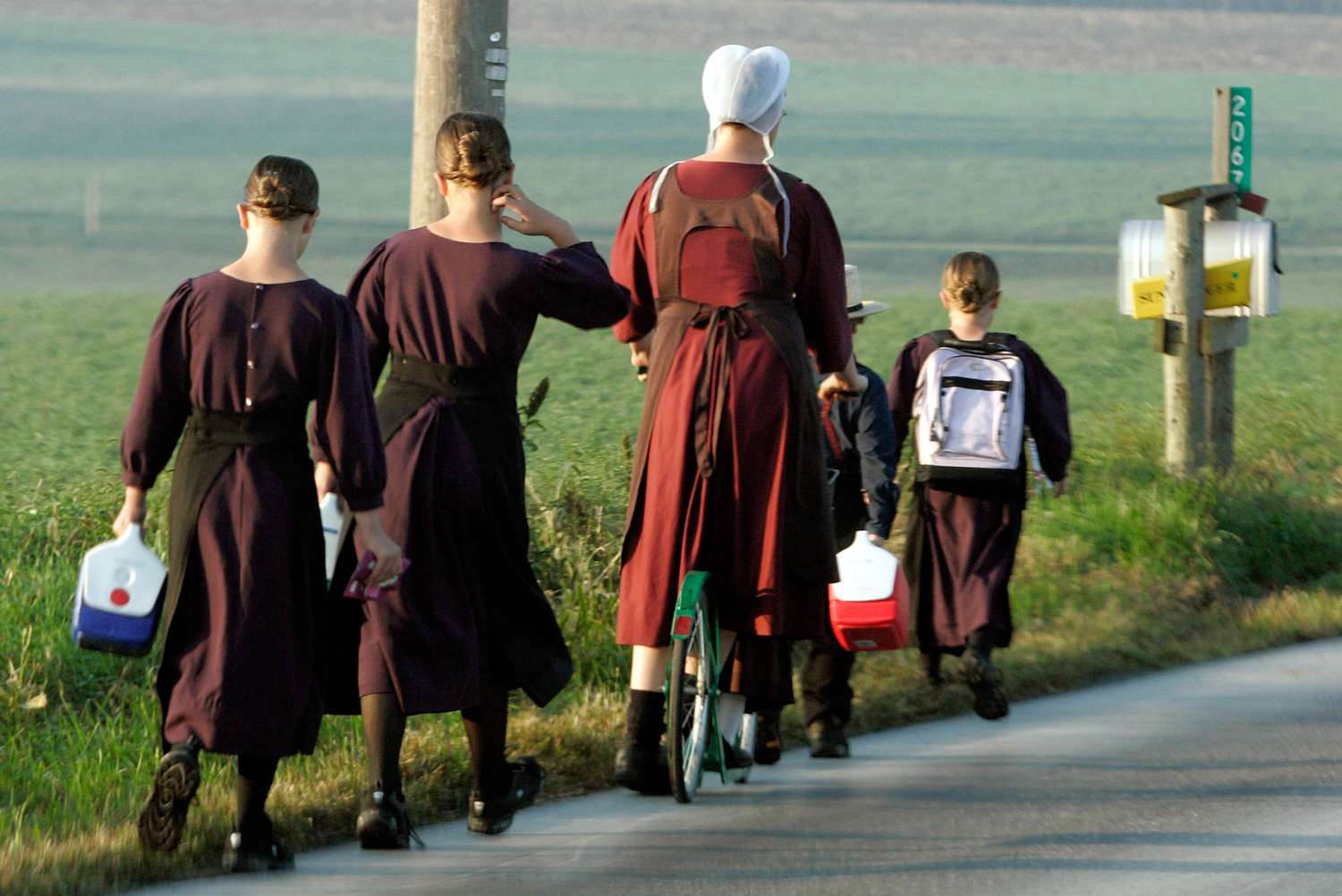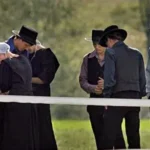The Importance of Community in Amish Religious Life
Community forms the backbone of Amish religious life. Unlike modern society, where individualism often dominates, the Amish prioritize collective well-being and shared spiritual responsibility. Faith is not only a personal journey but also a communal experience that shapes daily routines, work, worship, and celebrations. Understanding the importance of community in Amish life provides insight into a culture that values unity, humility, and service.
Community Worship and Shared Faith
Amish worship is inherently communal. Church services rotate among members’ homes or barns, ensuring that no single household becomes the center of authority. These services combine Bible readings, hymn singing, prayers, and sermons delivered by community members.
Participation is essential. Every member takes turns reading Scriptures and leading prayers, reinforcing active involvement and shared responsibility. Through these practices, the Amish strengthen bonds and ensure that faith is not just an individual pursuit but a collective commitment. Additionally, the extended duration of services allows members to reflect deeply, share experiences, and discuss spiritual matters.
Mutual Support in Daily Life
Faith extends into everyday activities. Amish communities provide mutual support in work, childcare, and emergencies. For example, barn raisings bring neighbors together to construct a barn in a single day, combining labor with prayer and fellowship. These events encourage cooperation, trust, and collective responsibility.
Similarly, harvest work, house building, or other essential tasks often involve multiple families working together. Such practices demonstrate that spiritual life cannot be separated from community life. By collaborating daily, Amish families reinforce trust, accountability, and shared values.
Education and Community Values
Education in Amish communities highlights the role of community. Children attend local schools that focus on moral development, practical skills, and communal responsibility. Teachers and parents work together to ensure that children learn humility, cooperation, and faith-based principles.
In contrast to schools in other societies, Amish education emphasizes character formation over individual achievement or competition. Children learn to value teamwork, respect, and service, preparing them to contribute meaningfully to the community. By fostering these values early, the Amish ensure that communal traditions endure across generations.
Festivals and Communal Celebrations
Religious festivals, weddings, and baptisms underscore the importance of community. Celebrations are simple but highly participatory. Hymn singing, prayer, and shared meals create opportunities for fellowship, spiritual reflection, and reinforcement of shared beliefs.
Furthermore, these events serve as teaching moments for younger members. Children actively observe and participate in rituals, learning the importance of service, humility, and collaboration. Through these experiences, faith and community are passed down, preserving cultural and spiritual continuity.

Conflict Resolution and Accountability
Community also plays a vital role in maintaining moral and spiritual accountability. The Amish practice church discipline to guide members who stray from religious teachings. These measures are not intended to punish but to restore individuals to faith while strengthening communal harmony.
By relying on shared values and collective guidance, the community ensures that each member remains committed to both faith and communal norms. This approach contrasts with more individualistic religious groups, where personal accountability often carries less social involvement.
Challenges and Dedication
Maintaining a faith-centered community in the modern world presents challenges. External pressures from technology, secular culture, and societal change test communal cohesion. Despite these pressures, the Amish remain dedicated to preserving traditions and social structures.
Their commitment demonstrates that strong community ties support individual faith and sustain collective identity. By prioritizing relationships, cooperation, and shared responsibilities, the Amish protect their way of life and maintain spiritual continuity.
Conclusion
Community lies at the heart of Amish religious life. Through shared worship, mutual support, education, celebrations, and accountability, faith becomes a lived, collective experience. The Amish demonstrate that religion thrives not only in personal devotion but also in the strength of relationships and shared responsibilities. Observing their communal approach provides valuable lessons about the power of unity, humility, and collaboration in nurturing spiritual life. Their model shows that faith and community are inseparable and that strong communal bonds reinforce both spiritual and cultural resilience.


